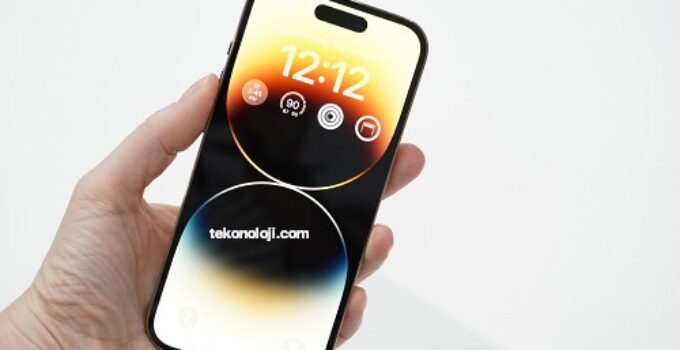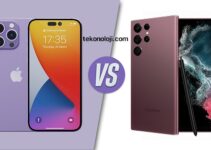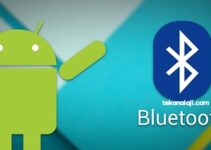iPhone 14 Pro, the trick to enable the always on mode like in Android. The iPhone 14 Pro’s always-on display doesn’t work like its Android counterpart. Apple’s always-on screen concept is totally different, and not everyone liked it. iPhone 14 Pro, in fact, allows you to keep the screen on in the truest sense of the word, only with more subdued colors and tints. For many, however, it is a mode that distracts on several occasions, so much so that they often prefer to deactivate it. Still, there is a way to activate the classic mode always on, i.e. with the screen in black and white.
Tesla Full Self Driving beta available to everyone for $15,000
The trick to getting an always-on black-and-white display right now is to use a Full Immersion setting, which allows you to completely dim the iPhone 14 Pro and iPhone 14 Pro Max in always-on mode.
How to enable Always On mode a la Android?
To enable this function simply go to Settings -> Full Immersion -> [select any Focus mode except Guide)] -> click on Options -> Enable “dim lock screen”. This way, when the iPhone 14 Pro enters always-on display mode, the entire lock screen will be in black and white, just like the always-on of any Android smartphone.
In this mode, the always-on display shows the date and time in white font plus any widgets you choose, and nothing else. Any custom lock screen background or image will be completely blacked out. This is actually the always-on mode that many users have been asking for.
Unfortunately, enabling this setting has some downsides. For starters, it’s only available with an active Full Immersion mode: when you’ll have to keep it active all day if you want the display to be always on in black and white. Additionally, enabling this mode also changes the lock screen when the iPhone is awake. After all, the purpose of this feature is to darken your lock screen and make the terminal less distracting, so you can focus on other things.
With these negative sides it is difficult to think of keeping it always active as a primary always on function. However, this solution serves as a test bed for a future version of always on more classic. Who knows if Apple doesn’t think about it.



